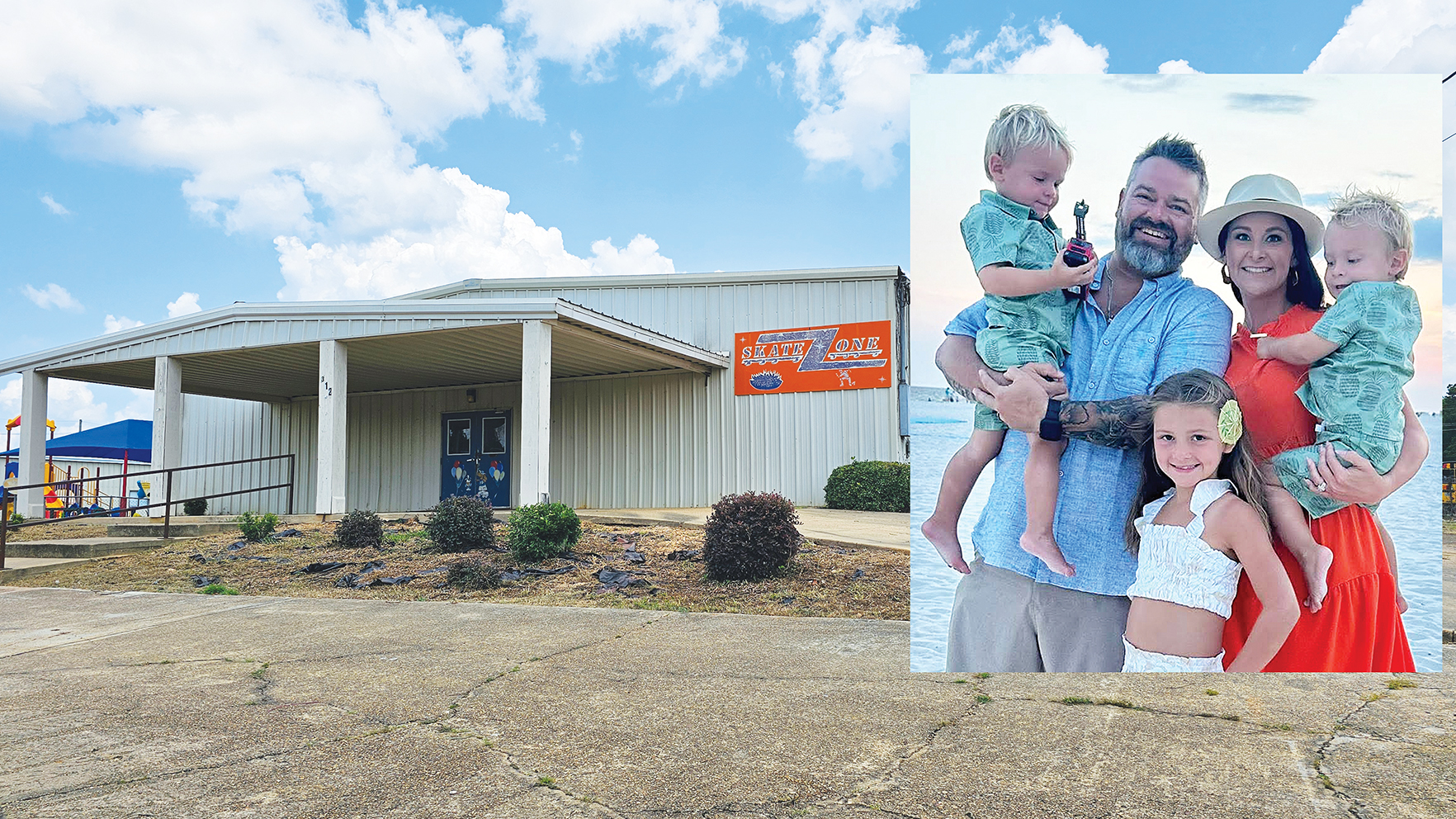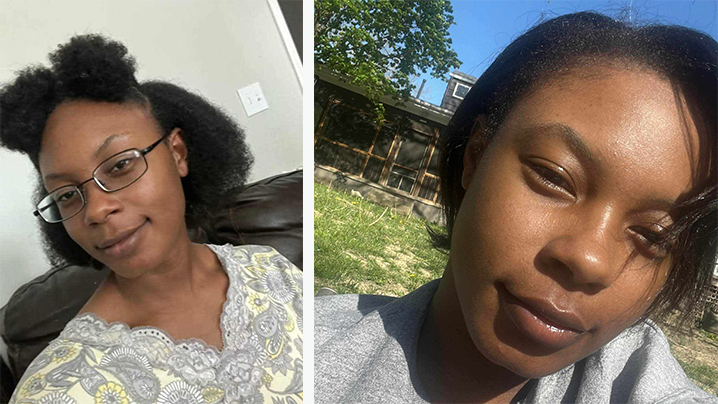Why does she stay? A look at intimate partner violence
Published 3:34 pm Friday, October 23, 2020
Have you ever heard someone state, “I don’t understand why she doesn’t just leave” in response to conversations about intimate partner violence? The October observation of Domestic Violence Awareness Month is a charge to all of us to better understand and support those facing this very serious problem.
It’s important to remember that most survivors eventually leave; however, when they do leave the relationship, they’re actually the most at risk for experiencing escalated violence and even death. More than half of female homicides are at the hands of current or former male partners. Further, separated women are 25 times more likely to experience physical assault by former partners and are five times more likely to be murdered by them than are women who stay with them. Many women in abusive relationships know this, so it is of course one of the primary reasons they stay — to survive.
Intimate partner violence has five types: sexual, physical, psychological aggression, stalking, and control of reproductive or sexual health.
Trending
According to the National Intimate Partner and Sexual Violence Survey, based on a nationally representative sample of U.S. adults through telephone surveys, 1 in 4 women experience intimate partner violence (sexual violence, physical violence, or stalking) while 1 in 5 suffer from sexual violence, and 1 in 6 are subjected to stalking. Many of the risk factors for the violence, such as disadvantaged structural conditions, discrimination, and reduced economic opportunities, also are some of the reasons why she stays.
Below are five key reasons for why most survivors of intimate partner violence stay in abusive relationships.
She fears for her or her children’s lives. She receives death threats and threats of harm to her or her children by someone who has acted previously on threats. She has been stalked and terrorized in multiple ways. One study found some victims (22% of a sample of 485 survivors) preferred staying in the relationship because they felt safer knowing what the abuser was doing.
She is financially dependent. Research indicates financial barriers are prevalent among survivors, along with not having a place to go and facing the fear of homelessness, which could result in her partner gaining custody of any children. In studies comparing reasons for staying, financial factors have been found to have more explanatory power than psychological ones affecting a woman’s decision.
She is isolated. As part of the violence cycle, the abuser begins to isolate her from friends and family. She has few, if any, emotional supporters to talk with about the violence. Isolation is key for an abuser who wishes to create an environment of both dependence and control.
She loves him. She holds strong feelings for him. She is invested in the relationship, may have a family with him, believes his apologies and that he can change. She believes if anyone can change him, it could be her.
Trending
She distrusts the criminal justice system. There are many barriers to help-seeking behaviors. Foremost is the institutionalized sexism that holds the victim accountable for her own victimization through policies and practices, as well as widespread myths about intimate partner violence.
While these five factors certainly help explain the cycle of intimate partner violence, problems can be compounded for marginalized victims, such as women of color and other groups who face issues that may further complicate their quest for safety.
So, what can we do to improve responses to intimate partner violence? As a society, we can begin rethinking our collective stance on relationship abuse. We can stop blaming the woman for staying and begin inquiring about how we can help her safely leave. Abuse lives in silence, and we must break the silence. Victims of intimate partner violence need everyone to listen and understand. To escape, resources are needed, including financial resources and shelters, support from family/friends, and from police, courts or other professionals. It starts with reshaping the common cultural question — “Why does she stay?” — conflating her with blame for her situation — to “How do we help her leave?”
It starts with us.
Note: The focus of this editorial is on female victims of intimate partner violence. We acknowledge that considerable obstacles face male victims of heterosexual and same-sex intimate partner violence.
Megan Stubbs-Richardson is assistant research professor and research fellow in the Mississippi State University Social Science Research Center. H. Colleen Sinclair is associate professor of clinical psychology at MSU.





